As you enter your 40s, it’s common to notice your usually nourished locks suddenly begin to turn dry and dull—especially at the ends. Menopause and perimenopause can cause many changes to our body, hair and skin, and dry or thinning hair can certainly be one of them. Thankfully, you don’t just have to suffer with these frustrating changes to your locks—there are many products on the market that can restore your strands and amp up their shine, health and more. One of our favorites? Hair masks! Hair masks can do wonders for your hair, and is a simple step you can add to your hair care routine to combat—or prevent—these aging-related hair concerns. We tapped top hairstylists for their expert insights on hair masks, including the best way to apply them, all their benefits and the best hair masks to try.
Benefits of using a hair mask
You may recall your first experience with hair masks being your mom cracking open a jar of mayo and painstakingly saturating her hair with the greasy condiment—definitely wouldn’t consider that slimy treatment one of the best hair masks out there. It’s hard to forget its disgusting look and smell as she slathered it on and told me how hydrating it was.
Thankfully, hair masks have come a long way since the ’80s and ’90s. These days, you can still DIY (maybe pass on the mayo) or buy the best hair masks from a variety available in stores. While our moms may have been on the right track regarding the oils and amino acids in mayo being hydrating and healthy for the hair, modern-day hair masks smell and feel much better when applied and won’t leave a greasy residue. “Hair masks are essentially intense conditioners with more concentrated levels of oils, butters and plant extracts to preserve and improve the health of your hair and hair follicles,” says New Jersey hairstylist Kristina Maccaro.
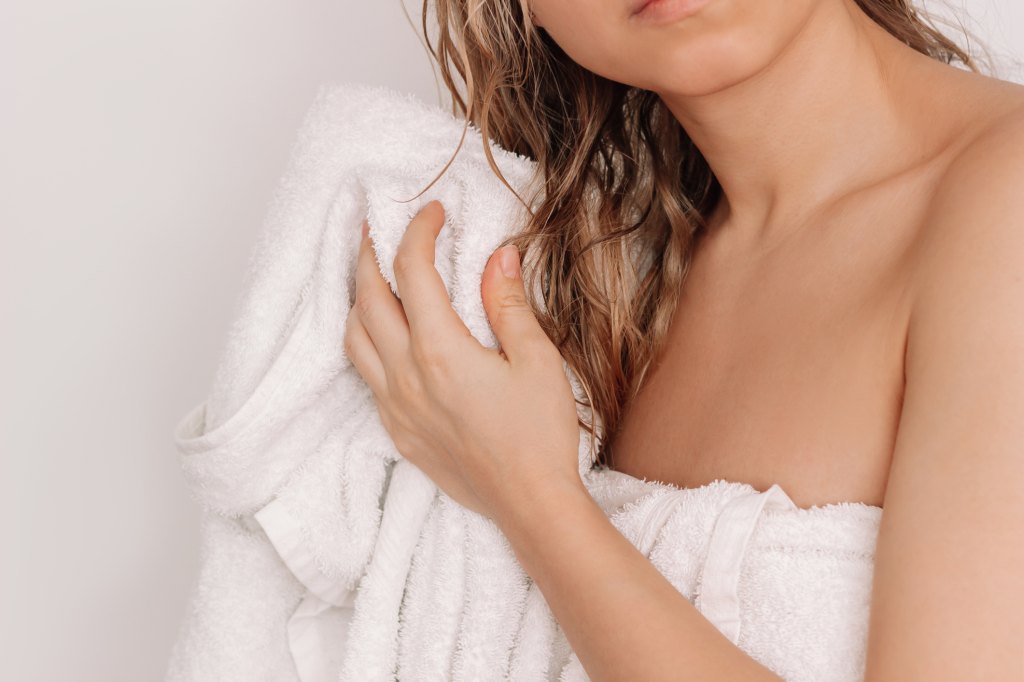
“The main job of a hair mask is to moisturize, repair and strengthen your hair, addressing specific concerns such as dryness, damage, frizz or the longing for that extra shine. It’s the pampering session your hair needs to look and feel its best,” adds celebrity hairstylist Robin Emtage, who has worked with Susan Lucci and Diana Ross.
Some of the main benefits of using a hair mask come from their nourishing ingredients, says Rogerio Cavalcante, hairstylist and owner of The Second Floor Salon in New York City. These nutrients “provide deep hydration, strengthen hair bonds and restore moisture and elasticity. They can improve shine, reduce frizz and address specific hair concerns like dryness, damage or lack of volume, making hair healthier and more manageable,” he says.
How do you determine the best hair mask for you?
The first step to finding the best hair mask for you is determining your hair type. Maccaro says it all boils down to four essential factors: hair type, hair diameter, hair porosity and your scalp’s health.
Hair type
Determining your hair type is as easy as looking in the mirror. “This is essentially the appearance of your hair, with the main categories being straight, wavy, curly, tight curls or undefined coils,” explains Maccaro. Each hair type has different needs, so once you identify your hair type, you can identify what you hope to achieve with your hair mask. “For example, curly and coily hair is naturally drier than straight hair and requires a hair mask for moisture and hydration.”
Hair diameter
Fine, medium and coarse are the three main diameters for hair. To determine your hair’s diameter, take “one strand of it and rub it between your forefinger and thumb. If you don’t feel anything, you have fine hair. If the hair between your fingers feels like a thin string, your hair is medium. If your hair feels thick between your fingers, then your hair type is coarse,” says Maccaro. “The coarser your hair stands, the more moisture your hair will need.”
Porosity
Whether your hair is porous makes a difference, too. “Your hair’s porosity is low, balanced or high. Hair with low porosity typically takes a long time to air dry or heat dry, while hair with high porosity dries quickly. Hair with higher porosity will require extra moisture and hydration,” Maccaro says.
Scalp health
The health of your scalp also plays a significant role in determining your hair mask needs. “If your scalp is dry and itchy, and your hair tends to feel dry and break easily, you most likely have a dry scalp. This results from a lack of natural sebum or oil production,” states Maccaro. “If your hair feels oily naturally, you most likely have an overproduction of sebum. Your scalp health is average if you don’t struggle with either of those issues. Both dry and oily scalps will have different needs from a hair mask,” she explains.
What to look for in a best hair mask

You’ll want your mask to have these key ingredients to maximize its effectiveness:
Water: In many hair masks, water is the first ingredient because, for obvious reasons, it’s the most hydrating ingredient.
Oils and butters: Oils such as argan, olive, jojoba, grapeseed, coconut and castor, and butters like shea, are almost always found in hair masks. “These oils and butters will either sit on the outer layer of the hair to protect it or penetrate the hair shaft to impart moisture and nutrients to the hair strands,” says Maccaro.
Protein: Many hair masks are developed with protein to help repair hair after chemical damage, heat damage or other structural damage from styling. But be wary of using protein-based masks regularly as there is such a thing as over-proteinizing the hair (which leads to dry, brittle hair), warns Maccaro.
Humectants: Humectants like hyaluronic acid, glycerin and honey are excellent mask ingredients because they “pull moisture from the environment into the hair, making them a natural way to boost your hair’s hydration,” says Maccaro. They also help the hair retain its moisture, improving elasticity and preventing breakage.
Silicones: Silicones are standard in hair masks because they act as a barrier between the hair and the environment, helping to smooth the hair shaft and prevent dryness. However, not all silicones are created equal. “It’s essential to look for water-soluble silicones over non-water-soluble silicones,” shares Maccaro. “Non-water-soluble silicones cause buildup on the hair over time (because they cannot be dissolved with water) and essentially suffocate the hair strand, leaving it dry, flat and oily,” she explains.
How often should you use hair masks?
There is no “one size fits all” to hair masks. “The frequency of using a hair mask depends on your hair type, texture and thickness,” says Mari Pereira, treatment specialist at Red Market Salon Miami. “While some hair types benefit from weekly applications, others may require less frequent use. Overusing hair masks, especially if your hair isn’t lacking hydration or nutrients, can lead to unwanted stiffness or buildup.”
If you bleach or color your hair, you may benefit more from hair masks. “Blondes, for instance, often need extra hydration and protein-rich formulations, including ingredients like hyaluronic acid,” says Pereira. “However, not all hair types require such intensive repair. A general rule is to use a hair mask once a week, but consulting with a trusted hair stylist ensures your unique hair needs are met with precision.”
Pro Tip: For added benefits for dry, damaged, curly or low-porosity hair, “try sitting under a hair dryer with the conditioner on for about 20-30 minutes, or cover your hair with a plastic cap and wrap it with a towel for a few hours. This helps the conditioner penetrate deeply into the hair shaft, maximizing its effectiveness,” advises Emtage.
How to apply a hair mask
When using a hair mask, it’s important that you make sure you’re applying it correctly. Follow the steps below from Pereira to get the most out of your hair mask.
- Shampoo hair thoroughly and rinse well.
- “Towel-dry to remove excess moisture, as damp—not wet—hair helps the product adhere better,” she says.
- Next, Pereira says to “apply the mask from mid-lengths to ends, adjusting the amount based on your hair’s thickness and texture. Section your hair and massage the product in to ensure even distribution.”
- Leave on for 5 to 20 minutes, “depending on your hair’s damage and needs.”
- Rinse well. “Pro tip: Follow up with a small amount of conditioner on the ends and rinse with cold water to seal the cuticle, locking in moisture and shine,” Pereira recommends.
11 best hair masks
Keep reading for expert-approved hair masks for every hair concern.
Best hair masks for dry hair
Hask Coconut Oil Deep Conditioner
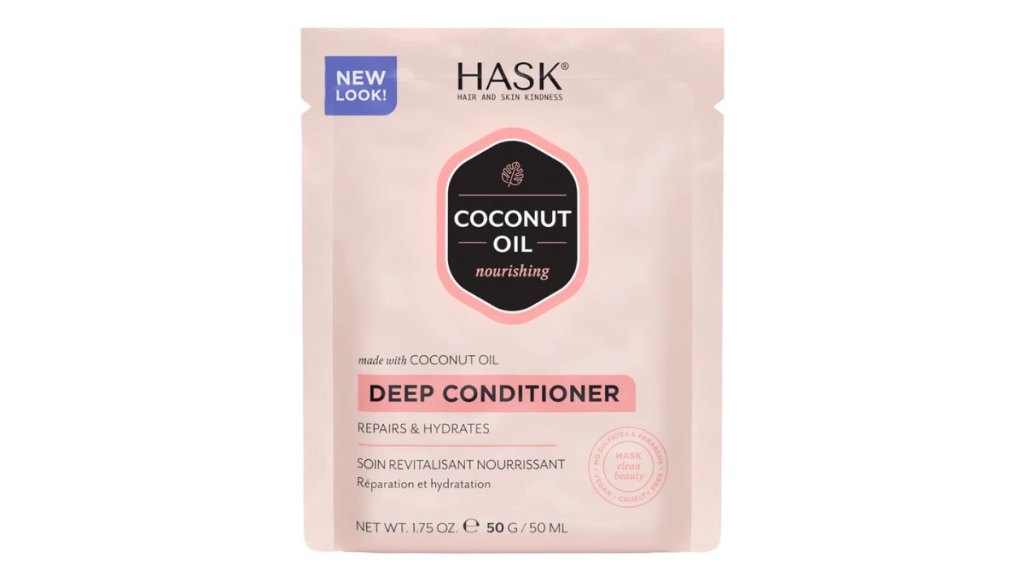
This is one of Cavalcante’s picks. “Rich in coconut oil, Hask Coconut Oil Deep Conditioner deeply hydrates and softens dry hair, restoring moisture without feeling heavy. I also love that Hask Deep conditioner comes in single packets that are easy to bring on trips without taking up much space, because you know that hotel shampoo and conditioner will not do, especially if you are going somewhere with a sea or pool,” he says.
L’Oréal Professionnel Metal Detox Anti-Breakage Hair Mask
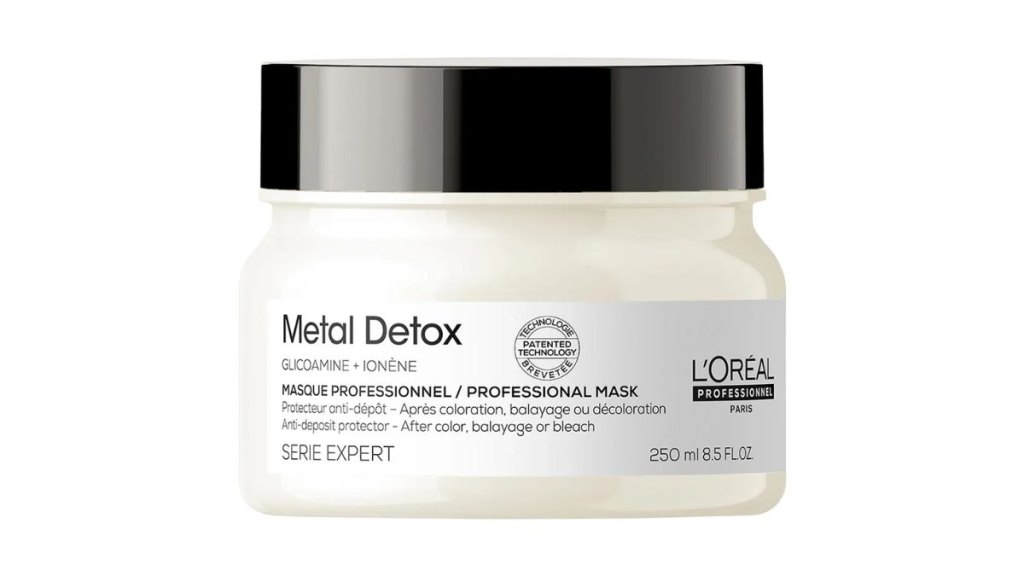
Hair will feel so healthy and restored after using Pereira’s pick, L’Oréal Professionnel Metal Detox Anti-Breakage Hair Mask, a truly unique formulation that actually pulls the metal particles found in water out of hair. Metals can cause color fading as well as breakage and overall damage to hair’s health. This mask helps nourish hair thanks to its softening ingredients.
Best hair masks for color-treated hair
Maria Nila Luminous Colour Masque

Cavalcante likes Maria Nila Luminous Colour Hair Masque for colored hair because it “protects color vibrancy while hydrating hair to minimize damage from color treatments,” he says. It’s made with pomegranate extract, vitamin F, sunflower seed oil and wheat protein, all of which will protect and nourish hair.
Oribe Hair Mask for Beautiful Color

Pereira turns to Oribe Hair Mask for Beautiful Color for color-treated hair. It’s made with bioflavonoids which protect hair color from fading, as well as phytoceramides to smooth the hair shaft and protect color and the Oribe Signature Complex which guards hair from environmental damage.
Best hair masks for curly hair
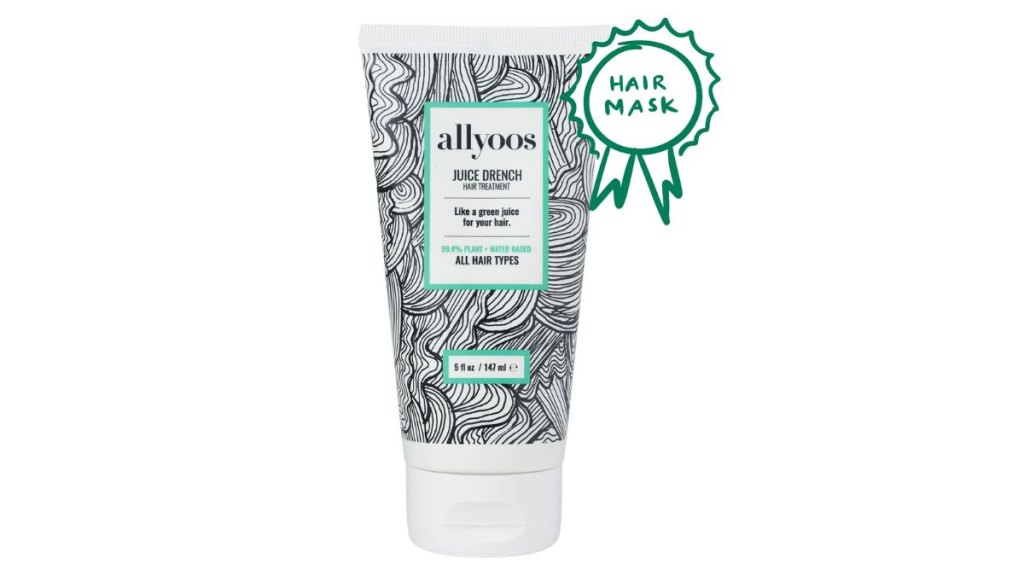
This hair mask, Allyoos Juice Drench, is a clean weekly hair mask that nourishes, softens, hydrates, adds shine and brings out your hair shape—without conventional hair mask ingredients’ weight and greasy coating.
Authentic Beauty Concept Hydrate Mask
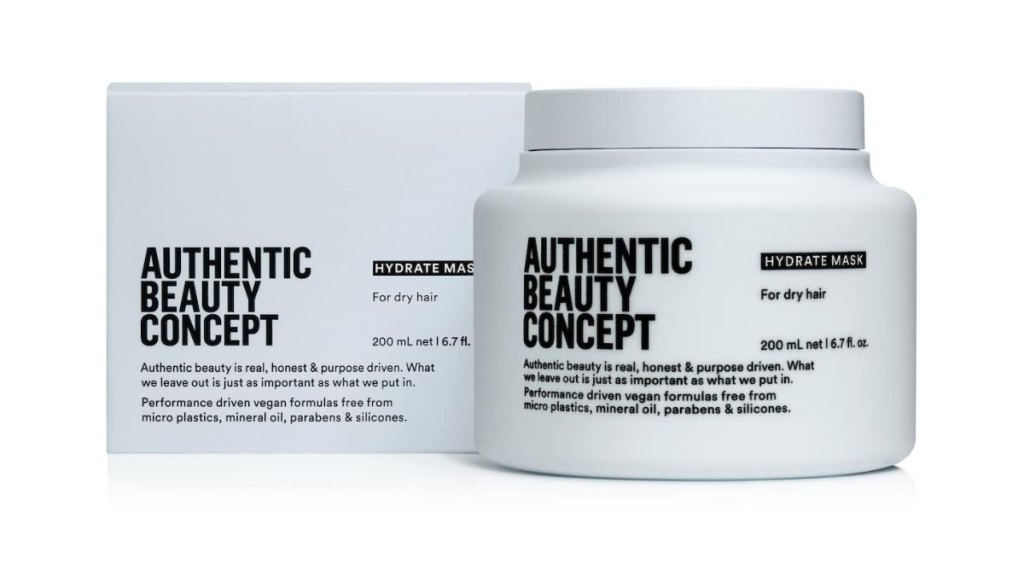
“I love this mask!” says Cavalcante. “Authentic Beauty Concept Hydrate Mask is practical, smells amazing and is lightweight enough to be used weekly but hydrating sufficient to enhance curls.”
Best hair masks for fine/thin hair
BondiBoost HG Miracle Hair Mask
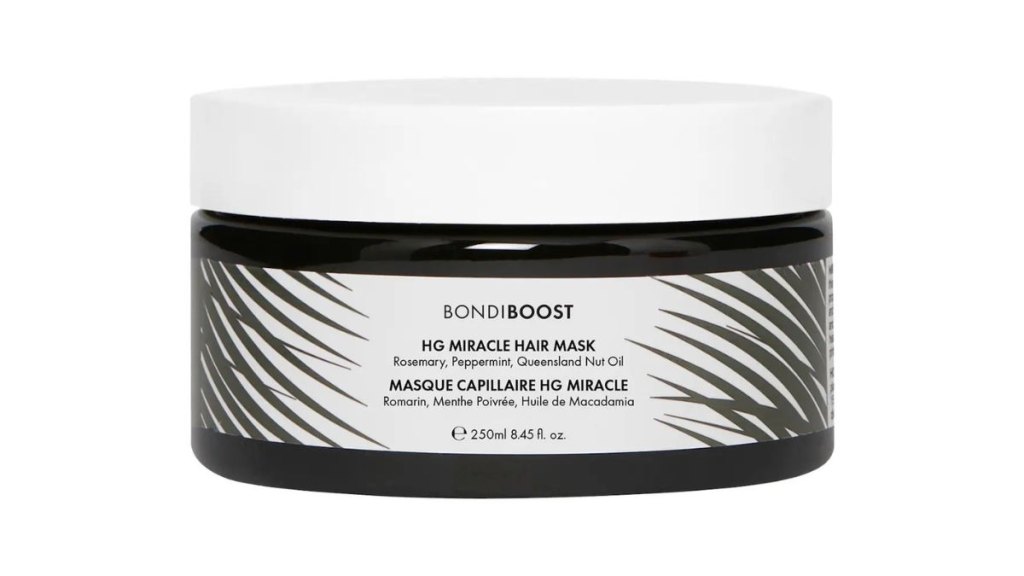
This is one of the best hair masks for those over 40 who struggle with fine, thinning hair. “BondiBoost HG Miracle Hair Mask with Rosemary for Hair Thinning moisturizes without weighing down finer textures, keeping hair voluminous and manageable,” says Cavalcante. It’s made with rosemary oil which boosts hair growth, peppermint oil to soothe the scalp and stimulate hair follicles and Queensland nut oil to strengthen and hydrate.
Kérastase Densifique Thickening Mask for Thinning Hair
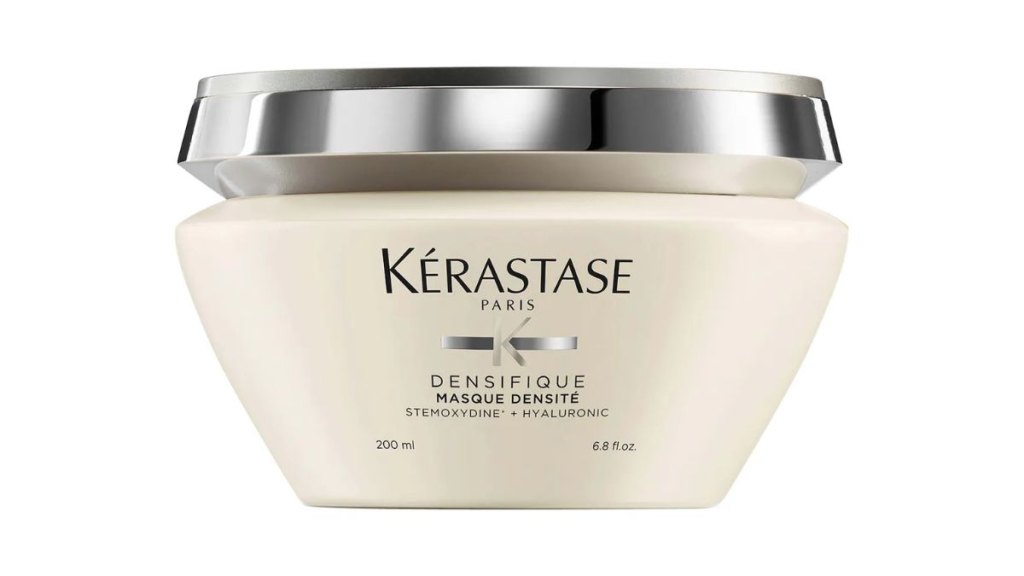
Amp up thickness with Pereira’s pick for fine hair, Kérastase Densifique Thickening Mask for Thinning Hair. This ultra-nourishing mask is made with hyaluronic acid to strengthen and hydrate locks, ceramides to boost shine, strengthen and help with elasticity and moisture retention, and gluco-peptide to prevent breakage and smooth.
Best hair masks for oily hair
Ouai Treatment Mask for Fine and Medium Hair
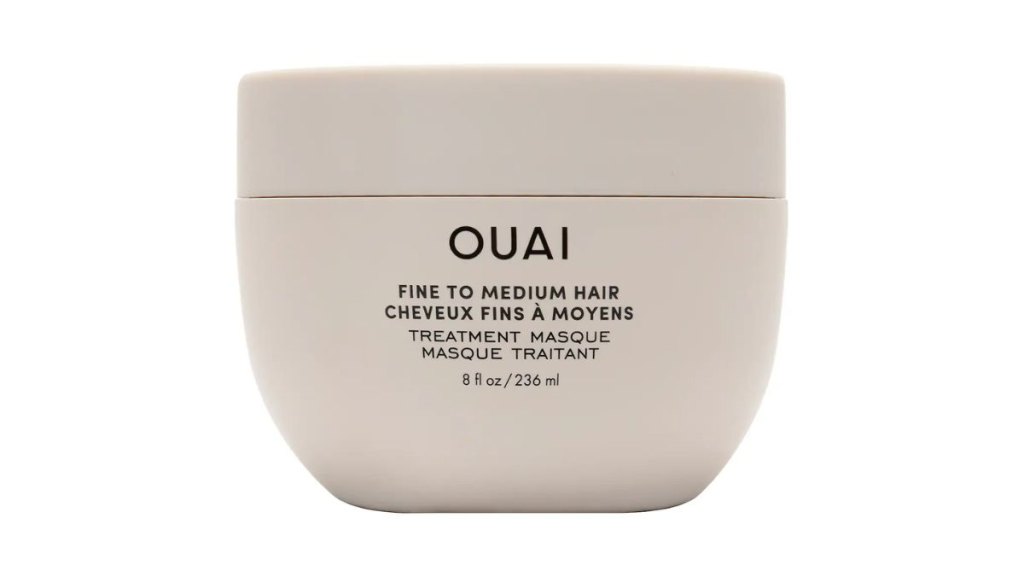
If your hair is oily, be extra careful when applying a hair mask,” advises Cavalcante. “Only apply it from the middle to the ends. When choosing a mask, focus on your ends and what they need—are they dry or damaged? Choose a mask that considers this, and avoid heavy oils. A lightweight mask that should work well is OUAI for Fine Hair. The weightless formula won’t weigh down hair, making it feel even more oily. Plus, it smells great! Use once a week or bi-weekly, depending on your needs.
Best hair masks for damaged hair and split ends
Kérastase Resistance Strengthening Mask for Lengths & Split Ends
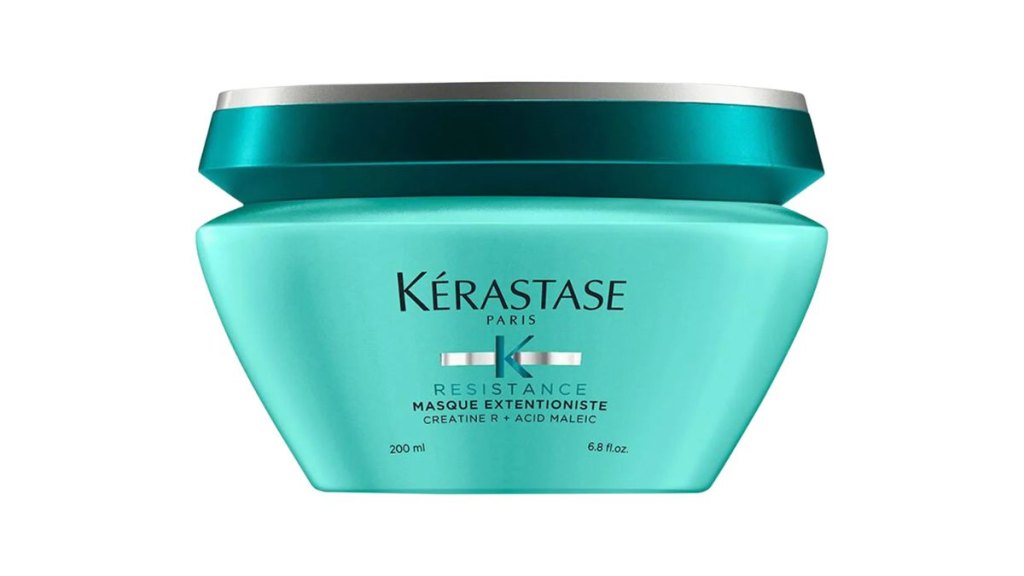
A hair mask like Kérastase Resistance Strengthening Mask will do wonders for repairing split ends and strengthening locks, and this pick is one of Pereira’s favorites. It’s made with Creatine-R, an amino acids complex that supports the internal structure of hair fibers, maleic acid to smooth and ceramides to strengthen, boost shine and moisturize.
Amika The Kure Intense Bond Repair Hair Mask
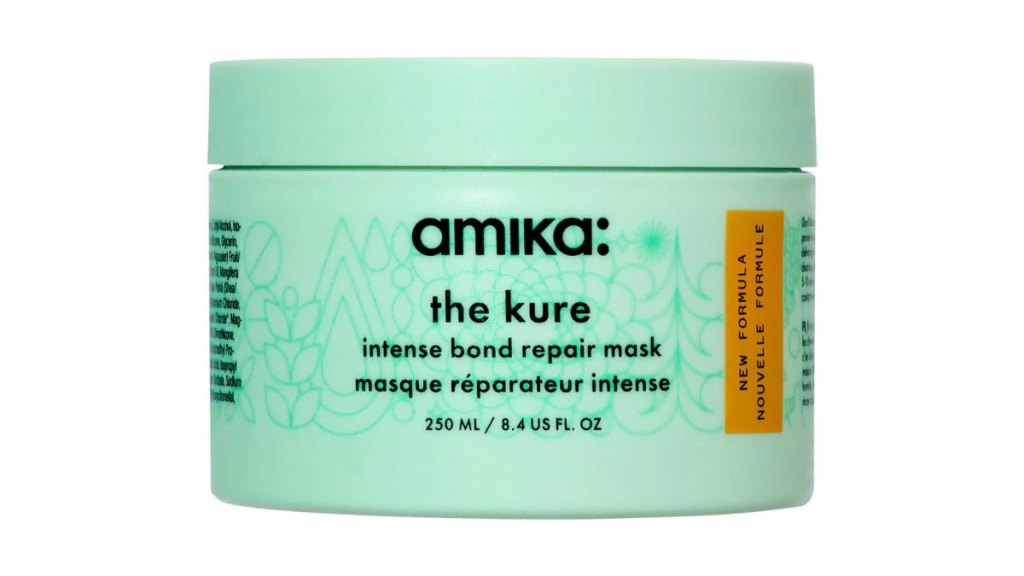
Cavalcante recommends Amika The Kure Intense Bond Repair Hair Mask for those with damaged hair. He says it “rebuilds broken bonds in damaged hair and smooths split ends, ideal for deep repair.” It has plant butters which smooth and nourish, sea buckthorn which is rich in hair-loving fatty acids and Bond-Cure Technology for bond and split ends repair.
Source link




